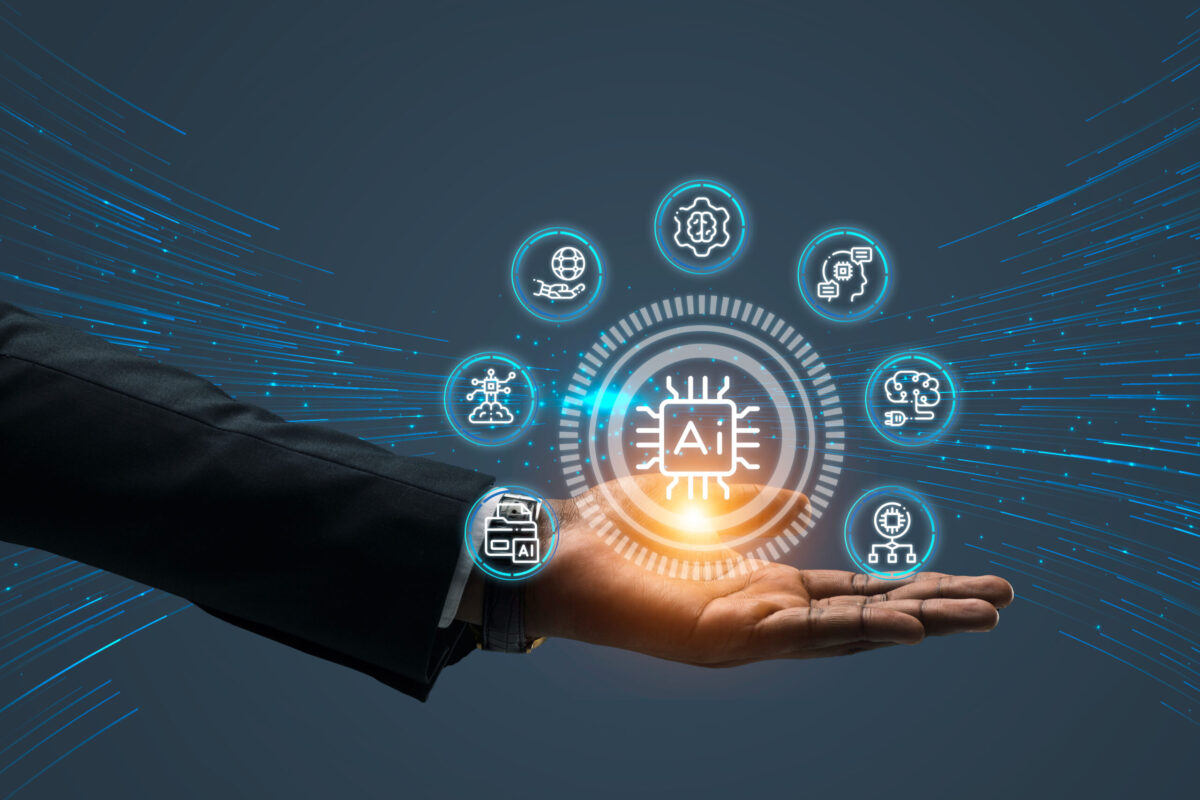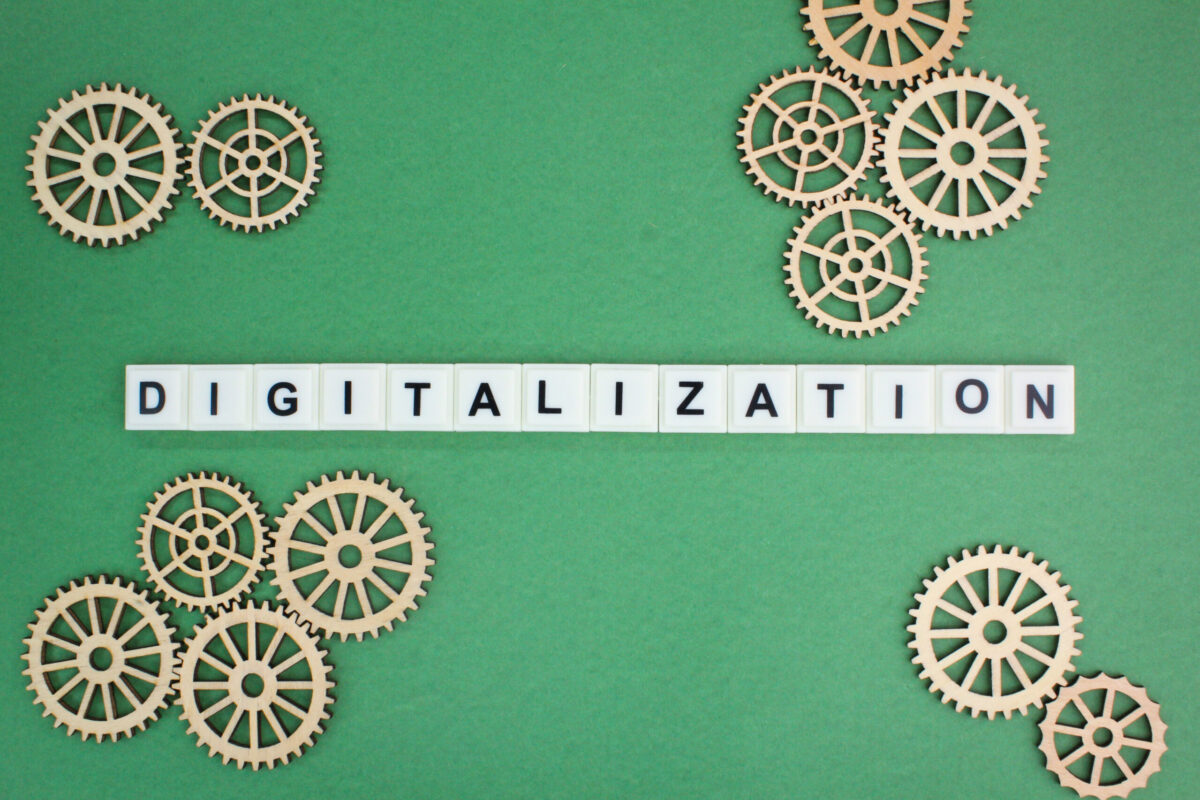The future of bricks and mortar is bright, despite continued speculation to the contrary. In the past decade we have seen the impact of the financial crash, changing political landscapes, and rising costs. All of this has had an impact on consumer spending, trends, and how retailers present themselves. We have seen businesses shift their priorities from bricks and mortar to online retail or vice versa. This year, we start a new decade with a focus on achieving a balance.
While physical stores will still dominate as far ahead as 2025, they will have evolved into bricks and clicks hubs, forming part of an overall digital business model, according to Miriam Burt, Retail Industry Research Vice President at Gartner. She said: “The digital store is not a store of the future, but rather a store of the past, present, and future. There is also evidence that the click and collect service is on the increase, and that the store will remain the heart of digital business execution.”
Technology for a differentiated customer experience
Consumers want the immediacy and flexibility of online as well as the personal interaction that is only truly possible in store. That means if something isn’t available when they walk into the shop, they want the digital set-up that gets the product or service to them quickly and efficiently.
The differentiated customer experience therefore needs to be supported by appropriate and evolving technologies. More than ever customers want retailers to service them based on a strong understanding of their individual lives and interests. Getting that right requires advanced, AI-driven, predictive analytics that go beyond standard loyalty-card data applications.
Personally, I can’t wait for that to happen. It’s hugely frustrating to me, for example, that my favourite retailer – an outdoor pursuits store – clearly thinks it’s engaging with me by sending email requests to review something I’ve bought. The day they realise that inviting me to hear Sir Ranulph Fiennes remind us all that ‘there’s no such thing as bad weather, only inappropriate clothing’ will be the day my loyalty is sealed, especially if I can get a discount on some of the clothing he’s endorsed.
Integrated data in real time to take the next step in loyalty
While increasingly retailers are moving towards tailored offers, especially via mobile apps or loyalty schemes, it is the next step of integrated data that interests me the most. Those systems of knowledge will become fully integrated in real time with new systems of service that draw on mobile phone apps, social media and internet of things (IoT) technology to provide live, digital, personalised in-store experiences. And they, in turn, will have to be part of broader, unified and consistent experiences that follow customers everywhere – especially into competitors’ stores.
A great example of fitting the retail experience around the customer’s lifestyle is the Amazon Go stores. They use hundreds of ceiling-mounted cameras and sensors to track each customer and their shopping. Customers simply check in to the store using their app and everything they put into their bag will be caught on camera and billed. That eliminates the inconvenience of queueing, and also stops shoplifters in their tracks. Such innovation is key to competitive success going forward, if you want to give your brand the chance to become the first choice that meets the needs of your customers’ different lifestyles.
Harness IT infrastructure for real-time decision making
Technology can achieve valuable supply chain efficiencies on two levels: firstly, through greater horizontal systems integration. This enables real-time information sharing, so that supply is driven more precisely in response to demand, and so that retailers can respond faster to shortages and seek alternative supply sources. Secondly, it can be used to increase fulfilment directly from suppliers to end users.
Making the most of your IT infrastructure, and enriching it, is our specialty. We have the in-house understanding of how your business works, and we have a retail specialist portfolio of services, including strategic consultancy, IT managed services, business solutions and e-commerce capabilities. We have even developed a retail analytics solution for optimising revenue that delivers 2-3% margin uplift on average.
We recently helped a large fashion retailer align its entire business information infrastructure in one single view, enabling real-time decision making on a global scale. Solutions that were specified for EMEA were soon adopted more widely – harnessing our global footprint and the power of our ‘Country-in-a-Box’ solution – and enabled the client to deliver on its ambitious global growth plans. The capex savings we achieved were used to fund customer experience innovations, making all retail systems scalable and able to cope with seasonal trends and peak trading.
Whatever shape your retail operations take, and however you choose to create your own digital business, Allied Worldwide has over 25 years’ experience of helping customers harness IT infrastructure globally to achieve their goals. For more information please get in touch, we’re always happy to help.




